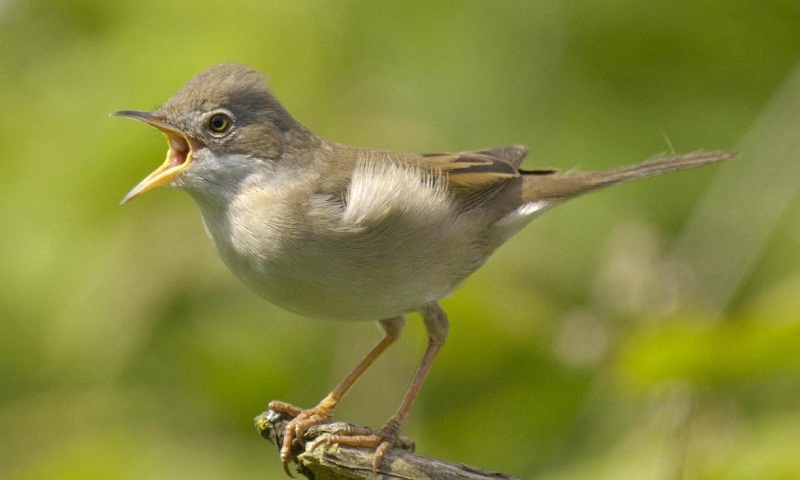Cities should be studied as evolutionary hotspots, says biologist

Animals and birds evolve more quickly in urban environments than in remote habitats, Cheltenham science festival is told. Foxes loitering around rubbish bins and pigeons roosting in train stations: urban animals are widely regarded as the dregs of the natural world. However, according to biologist Simon Watt, cities represent some of the world’s hotspots for evolution and behavioural adaptation. Speaking at the Cheltenham science festival, Watt, who is founder of the Ugly Animal Preservation Society, said: “The ice caps are melting, the rainforest is shrinking, the one environment that is growing is cities. If we’re going to look for evolutionary shifts right now in our world, the place to look is cities.” In his talk, Watt cited a host of examples of how the urban environment is prompting new genetic shifts and unexpected behaviours. A proportion of black cap warblers, which used to migrate to Morocco or southern Spain, have shifted their route to Britain where urban heat islands and garden bird feeders allow them to survive at more northerly latitudes than was previously possible. “The ones that come to Britain are starting to get shorter wings – better for manoeuvrability, worse for long flights – and longer beaks, which are better to get through the wee bars of garden bird feeders, although worse for things like fruits and berries.” In Australia, the mating croak of the male pobblebonk frog has been steadily rising in pitch, an adaptation that means it can still attract females in the presence of the background rumble of motorway traffic. “Pobblebonks never hear their parents, so it’s an evolutionary shift,” said Watt. Outside the urban setting the frogs with the deepest croak tend to be most attractive to females. “They still would be the most attractive males if they could be heard, but it’s become an advantage to have a falsetto,” he added. “Barry White is out, Justin Bieber is in.” Birds have also changed their vocalisations, although this appears to be acclimatisation rather than evolution. “In general we can say that birds in cities have a couple of things in common. They tend to sing at a higher pitch, they tend to use fewer notes and they tend to sing faster,” he said. “They have their own urban music. This happens across all the species, they sing at different times – at night because they’ve got street lights. They are not quite sure when it’s bedtime. It does mean that some of these birds are stressed out.”
Read More:

